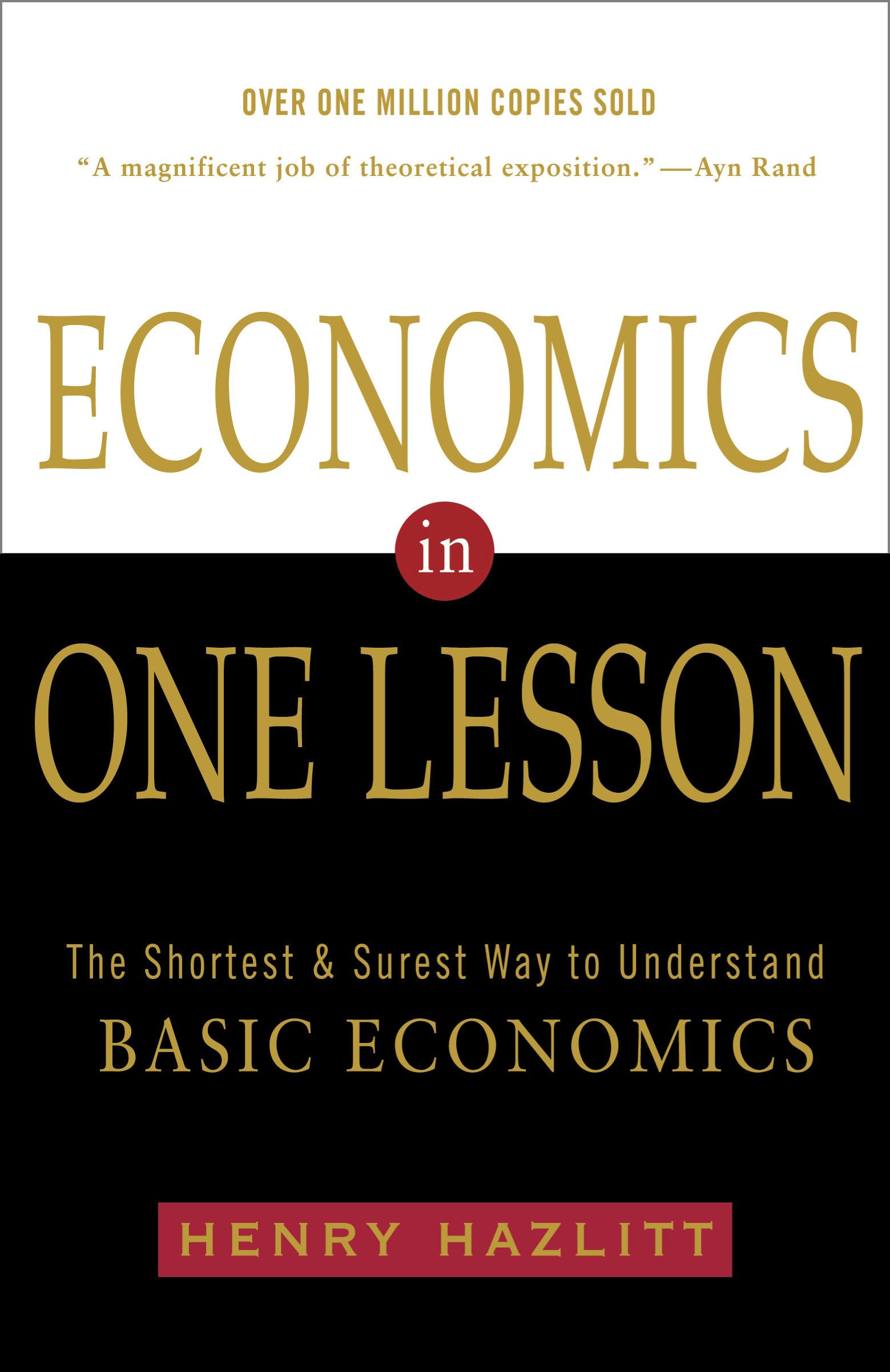Introduction
Henry Hazlitt’s Economics in One Lesson is a classic guide to understanding economic policies and their long-term impacts. Published in 1946, the book simplifies complex ideas like the broken window fallacy, opportunity cost, and supply and demand, making them accessible to all. Hazlitt’s core message—to look beyond immediate effects and consider hidden consequences—remains timeless. Whether you’re a student, policymaker, or curious reader, this book offers essential insights into how economies work and why policies often have unintended outcomes.
Why This Book Matters
Economics in One Lesson is a foundational text in economic education, renowned for promoting free market principles. Hazlitt simplifies complex economic ideas, making them accessible to general audiences. Whether you’re a student, policymaker, or someone who loves intellectual challenges, this book offers valuable insights.
Overview of the Book
Hazlitt’s primary purpose is to simplify intricate economic principles, emphasizing the importance of considering long-term and indirect effects when evaluating economic policies. The book covers fundamental economic concepts, critiques common economic fallacies, and applies economic reasoning to various policy issues.
Intended Audience
This book is for general readers interested in economics, policymakers seeking insightful analysis, students eager to grasp economic fundamentals, and advocates of free market principles. If you’re curious about how economies function and how policies impact daily lives, this book is for you.
Core Thesis
Hazlitt’s core thesis is to evaluate economic policies holistically. He warns against focusing only on immediate benefits to specific groups, emphasizing that unseen consequences matter. Many economic lessons neglect indirect effects, leading to flawed decisions.
Key Concepts and Frameworks
- Broken Window Fallacy: Destruction doesn’t create real wealth; it merely redistributes resources.
- Opportunity Cost: The cost of foregoing the next best alternative when making a decision.
- Invisible vs. Visible Effects: Distinguishing between immediate visible consequences and unseen long-term effects.
- Supply and Demand Fundamentals: Understanding how markets operate and allocate resources.
- Time Horizon: Analyzing economic actions over different time frames.
Real-World Examples
Hazlitt uses practical examples to illustrate his theories:
- Broken Window Fallacy: A vandal breaks a window; while the glazier profits, the community loses the opportunity to invest elsewhere.
- Minimum Wage Laws: Raising the minimum wage might benefit workers but can lead to job losses and increased costs for employers.
- Price Controls: Rent control can lead to housing shortages and diminished property quality.
- Subsidies and Tariffs: These can distort market efficiencies, leading to imbalances.
- Education and Investment: Investing in human capital fosters long-term economic growth.
Actionable Lessons and Strategies
- Comprehensive Policy Analysis: Consider both immediate and long-term effects before implementing any policy.
- Encourage Free Markets: Advocate for minimal government intervention to allow natural resource allocation.
- Promote Savings and Investment: Recognize the role of savings in funding future investments and fostering economic growth.
- Evaluate Opportunity Costs: Assess what is being sacrificed when choosing one alternative over another.
- Educate on Economic Literacy: Foster a deeper understanding of economic principles among the public.
Criticisms and Limitations
- Simplification of Complex Issues: Hazlitt’s approach may oversimplify certain economic phenomena.
- Assumption of Rational Behavior: Real-world behaviors are often influenced by emotions and biases.
- Limited Consideration of Market Failures: Hazlitt may understate situations requiring government intervention.
- Historical Context: Some examples and arguments may not align perfectly with today’s economic conditions.
Modern Relevance
Despite being published in 1946, Economics in One Lesson remains highly relevant. Hazlitt’s principles are applicable to current economic policies like healthcare and taxation. Concepts like opportunity cost and comprehensive analysis continue to be foundational in economic decision-making.
About the Author: Henry Hazlitt
Henry Hazlitt was born in 1894 in New York City. A journalist, economist, and author, he earned a PhD in Philosophy from Columbia University. His works, including The Failure of the New Economics and Economics in One Lesson, have been pivotal in promoting free market principles.
Conclusion
Economics in One Lesson by Henry Hazlitt offers enduring wisdom that continues to inform and shape economic discourse. Whether you’re new to economics or a seasoned enthusiast, this book provides valuable insights into how economies function and the impact of policies.
For more tips on building wealth, read our Finance collections on 16 Must-Read Books for Building Wealth.
